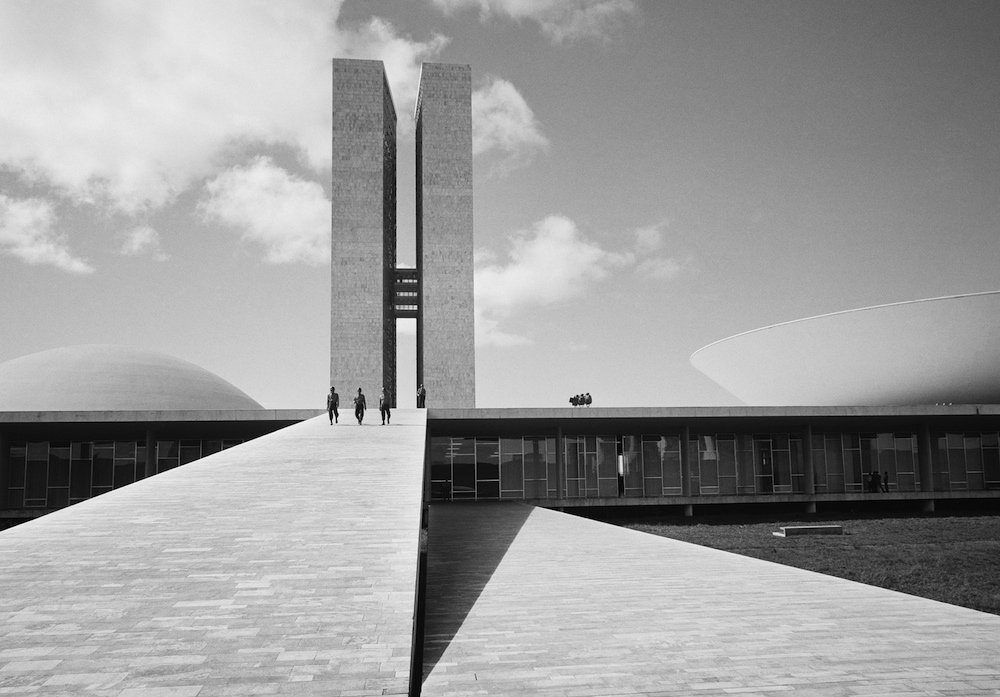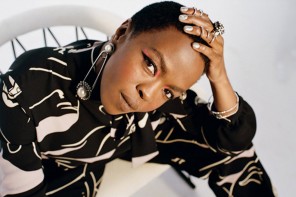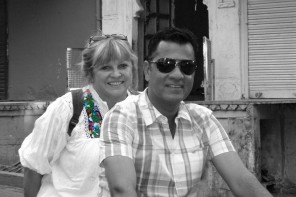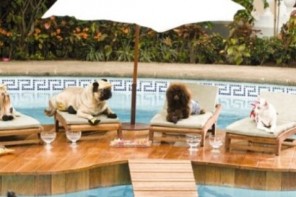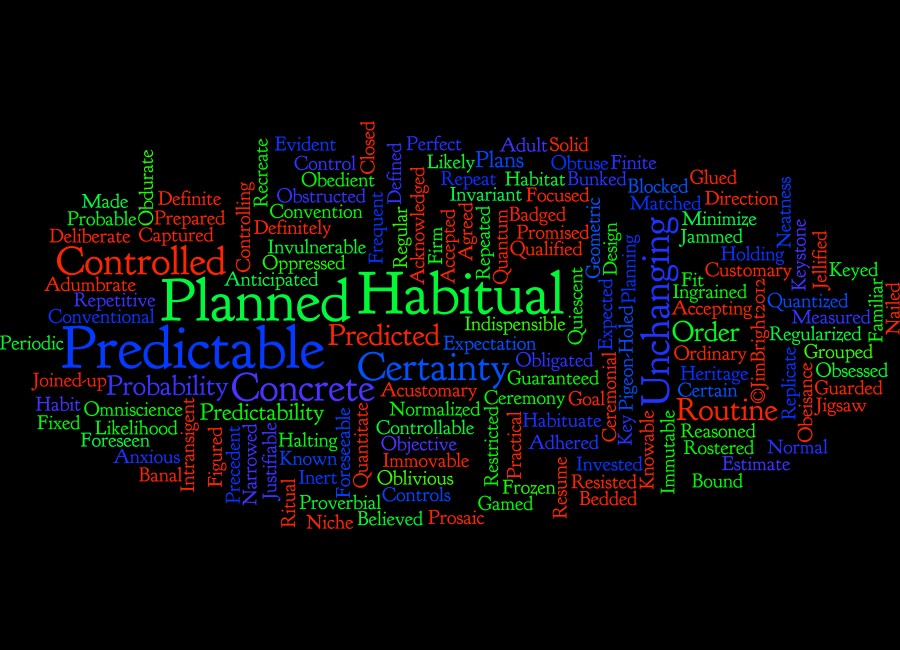Lismore Regional Gallery director Brett Adlington explores the current exhibitions from sculptural minimalism to portraits of Matisse.
I’ve been pretty focused on architecture these last few months. Of course, building of the new gallery gathers pace, and we are now past the demolition phase of the redevelopment – and in to the construction stage. Weekly site meetings with the architects, builders and project manager have been a pretty interesting process to go through, and I’ve been amazed how quick progress has been to date. Two big recent events on the Quadrangle site by RealArtWorks and the Northern Rivers Conservatorium (to celebrate their 25th Anniversary), gave a perfect sense of what the new site could be.
Meanwhile, in the gallery, we are hosting three distinct exhibitions which all reference architecture in different ways.
Of course the most obvious is the work of Lucien Hervé. The exhibition, When do we cast off for happiness? has been curated for Lismore Regional Gallery by Pierre Chevalier, who knew Hervé, and is still in contact with his Paris-based widow.
Hervé was active in the French-Hungarian union movement in the 1930s, was a member of the Communist Party, and became a war photographer in the Second World War. From 1950, for 16 years, he became Le Corbusier’s principal photographer – with Le Corbusier declaring upon seeing Herve’s work: ‘You have the soul of an architect’.
With Le Corbusier seen at the time as being one of the giants of Twentieth Century architecture, other notable architects also desired Herve’s photographic eye over their buildings. The exhibition also features images of Brazilian architect Oscar Niemeyer. These images document the building of Brasilia, an austere looking capital city built in the 1950s. Herve’s way of working; cutting images, concentrating on sharp, angular lines, and light and shadow – are in sympathy with Niemeyer’s work.
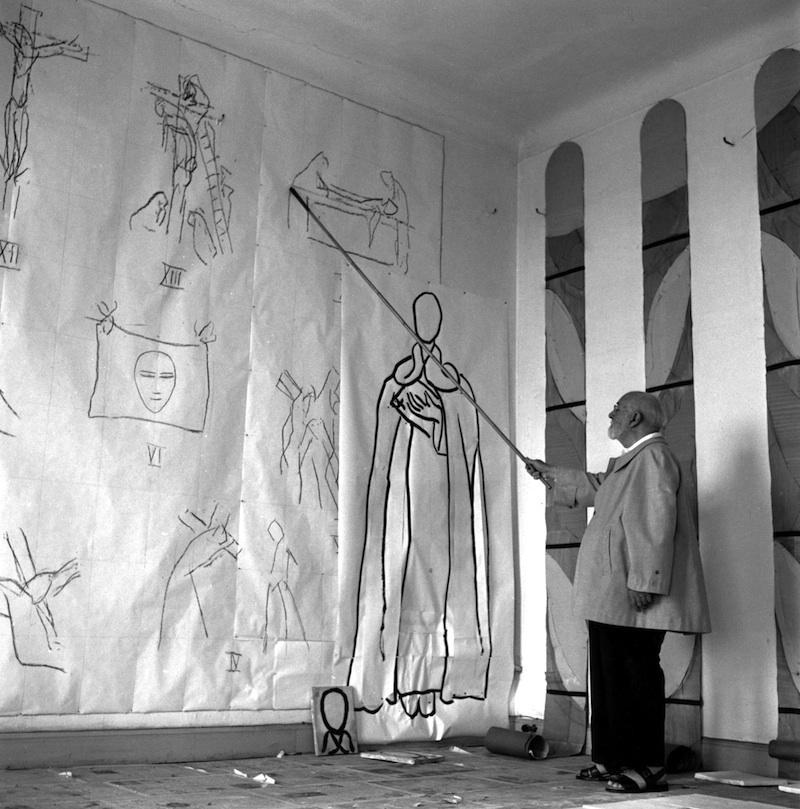
Lucien Hervé: Henri Matisse, painter and sculptor, Hotel Regina, Nice, 1949
Reproduced with kind permission © Lucien Hervé.
The exhibition also includes work documenting another creative giant of the Twentieth Century, Henri Matisse. Pere Couturier, who introduced Hervé to Le Corbusier, also introduced him to Matisse. Photographs depict Matisse working on a number of mural works in situ, and illustrate the capacity of this great painter in continuing to work large scape while his mobility was being reduced.
Showing alongside the work of Lucien Hervé is Sydney artist Kenzee Patterson. Like Oscar Niemeyer, Patterson’s sculptural work is bare and minimal, but with layers of complexity. Patterson came to us as he was exploring the idea of two family relatives. One who was known to have been involved in the construction of the bel tower of the Lismore Post Office, and the other, a red cedar logger. The bell tower has an intricate wrought iron canopy, the medium in which Patterson has worked in for a number of years.
The exhibition, A tree branches, so does a river, references these two familial stories, in a series of sculptures that bring to mind the bell tower, and the chemical structure of the pheromones of the red-tipped cedar moth.
Finally, showing upstairs is Svea Bjornsson, winner of the 2015 Lismore Regional Gallery Graduate Award for a graduating student from Southern Cross University. Her work, while exploring the history of the alphabet, and its sounds, also has an architectural manner in the installations construction. Colour and form are important elements in this joyous and playful work.
All exhibitions at Lismore Regional Gallery run until 3 December.

